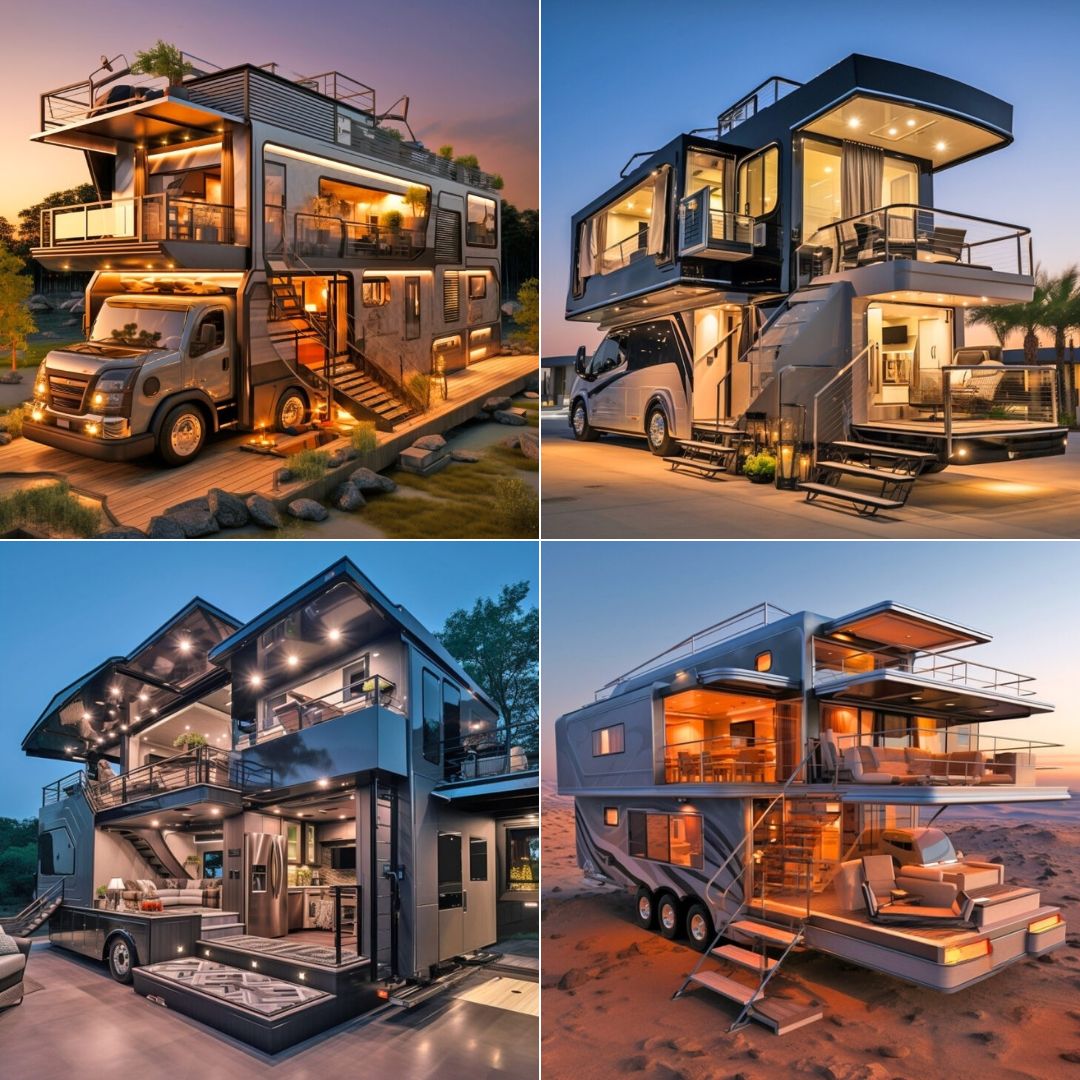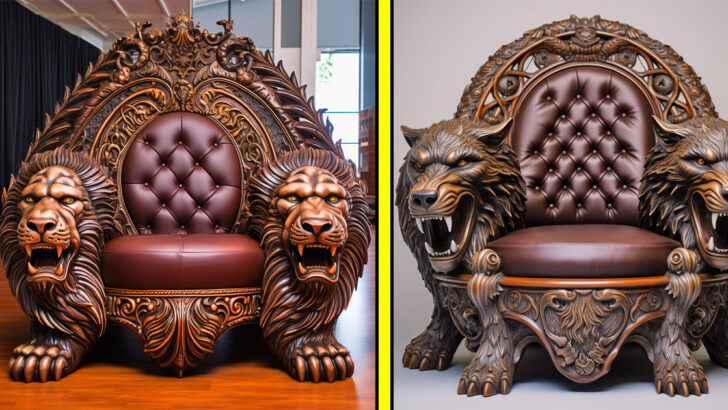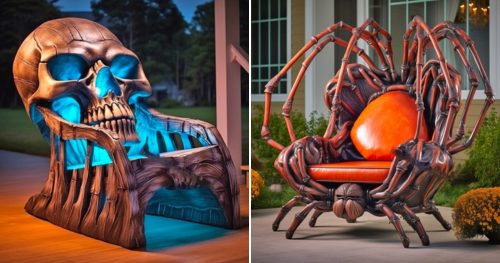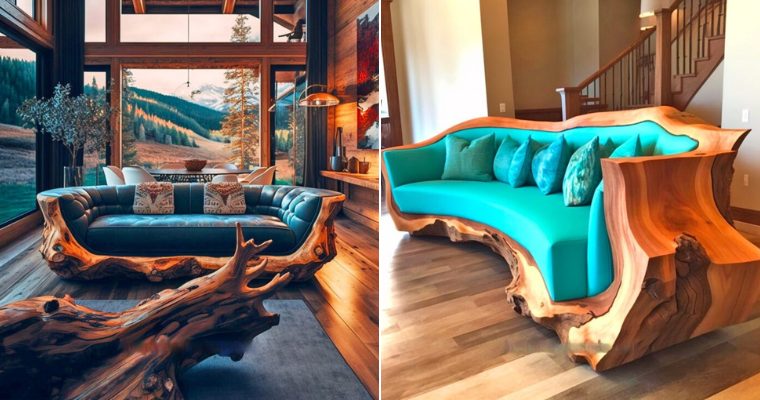A quirky Japanese home is inspired by the shape of spider webs.
:max_bytes(150000):strip_icc():format(webp)/su-pider-house-uid-architects-7-3ebfe1e63c4e42d7983b6033520f9714.jpeg)
Japan has a reputation for having some of the most unusual and uniquely designed homes in the world. Interestingly, this trend has little to do with cultural differences, but more to do with practical concerns, as Architizer points out:
“Houses in Japan depreciate in value exponentially faster than those in America, Great Britain and other parts of Asia. In fact, Japanese houses lose all of their value after just 30 years, while half are expected to be demolished after 38 years. This startling fact essentially renders the future of these residences literally disposable, making home-owners more willing to take risks in design.”
This one factor is likely why there are so many unconventional works of residential architecture in Japan. In Fukuyama, one new octagon-shaped home manifests this penchant for non-conformity, deriving its inspiration from the ephemeral spinnings of arachnids. Designed by Japanese firm UID Architects, the designers explain the concept behind the Spider House, an 828-square-foot (77-square-meter) home for a family of four:
“Spider House is a striking and uniquely composed family residence in Fukuyama. It is mainly characterized by its covered spiderweb-shaped structure/roof that extends down from the top section of the supporting columns, creating a centripetal single-living space. This skeleton becomes the main layout, providing a large open plan for the residents.”
From the outside, we see that the house sports a cap-like roof with sections that are slanted at 45-degree angles. The idea was to expand the area under the roof so that it creates a more spacious and private interior with tall ceilings, without compromising ventilation or natural lighting.
:max_bytes(150000):strip_icc():format(webp)/su-pider-house-uid-architects-2-3ab37beb7dc8434ea83181275185c1d5.jpeg)
Kazunori Fujimoto
Once inside, we see our eyes drawn up by the movement of the interior space rising up to the apex of the roof. The open space is broken down into smaller parts with the insertion of several enclosed rooms—serving as “pods” for sleeping, a bathroom, and for storage—and all clad with wood. As the architects explain:
“The unified materiality with the predominant use of wood enhances the feel of a single cocooning space. It adds to the warmth and familiarity along with the soft natural light emanating from the steel cladded, roof skylight and open passages to the exterior.”:max_bytes(150000):strip_icc():format(webp)/su-pider-house-uid-architects-16-c4c8c4bf816a469cb4049006392967b9.jpeg)
The overarching concept was to have a large open space where family members can engage in family life, with smaller, functional spaces enclosed for more individualized activities. The boxes function as private spaces for each family member and are topped with indoor terraces that one can climb up to, using ladders. One can see how this layout could facilitate memorable moments for the family, chatting away from their respective terraces.
:max_bytes(150000):strip_icc():format(webp)/su-pider-house-uid-architects-4-7edd291d74b143a6988c9a0571ffb6fb.jpeg)
The roof structure consists of wooden beams that converge to a central point, topped by a skylight that gently lets sunlight into the space below.
:max_bytes(150000):strip_icc():format(webp)/su-pider-house-uid-architects-10-054fddceac7743e5aa898f3f99ed5be7.jpeg)
Right at the center on the ground floor, we have the dining area, which is loosely defined by the placement of a dining table and a set of chairs.
:max_bytes(150000):strip_icc():format(webp)/su-pider-house-uid-architects-11-e42ecb41756e400cb2aa2b632a43dd12.jpeg)
Kazunori Fujimoto
The rounded corners of the wooden box rooms here help to soften up the space and ease circulation around the table. These curved elements also provide a contrast of forms next to the angularity of the soaring roof. At the rear, we can see the kitchen area …
:max_bytes(150000):strip_icc():format(webp)/su-pider-house-uid-architects-17-6d772162f0f04a1d91fab03e345da2cf.jpeg)
… which is defined by the cupboards and a large sink.
:max_bytes(150000):strip_icc():format(webp)/su-pider-house-uid-architects-12-90f7efba8aea4902ac68cff4c58190d9.jpeg)
Kazunori Fujimoto
Adjacent to the central dining area is another area that sits on an elevated platform, which is accessed by ascending a few steps up. These stairs can also be an impromptu place to sit, with the help of a few cushions. There is no bulky sofa here, as furnishings have been deliberately kept to a minimum, in order to keep the interior uncluttered in this small home.
:max_bytes(150000):strip_icc():format(webp)/su-pider-house-uid-architects-3-3442d102e7994cb4ade891aed0741017.jpeg)
Kazunori Fujimoto
This space serves as the living room and is intended to be flexible, in the sense that its layout can be easily reconfigured to serve another function, as the family’s needs change over time.
:max_bytes(150000):strip_icc():format(webp)/su-pider-house-uid-architects-9-736d9b32c52b4cacb5f7723098c2db6f.jpeg)
Kazunori Fujimoto
The living room opens up, thanks to a set of large sliding patio doors, helping the home’s occupants connect more easily with the outdoors.
One can see that the home’s interior has been designed to encourage different sightlines between the different zones within, whether it’s from the living room, dining area, or from one of the indoor terraces.
:max_bytes(150000):strip_icc():format(webp)/su-pider-house-uid-architects-18-71f92912b74249b1878fe003ed06b508.jpeg)
Kazunori Fujimoto
In one corner where the roof touches down to meet the wall, we have an integrated work area with a desk and chair.
:max_bytes(150000):strip_icc():format(webp)/su-pider-house-uid-architects-13-e4cc3ce901e442c997e167171f97baac.jpeg)
Kazunori Fujimoto
There is a warmth and a playfulness here, thanks to the careful thought behind material use, and the bold statement of a tall form, sheltering a family under one roof. To see more, visit UID Architects.







